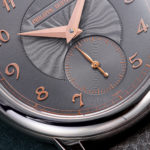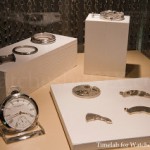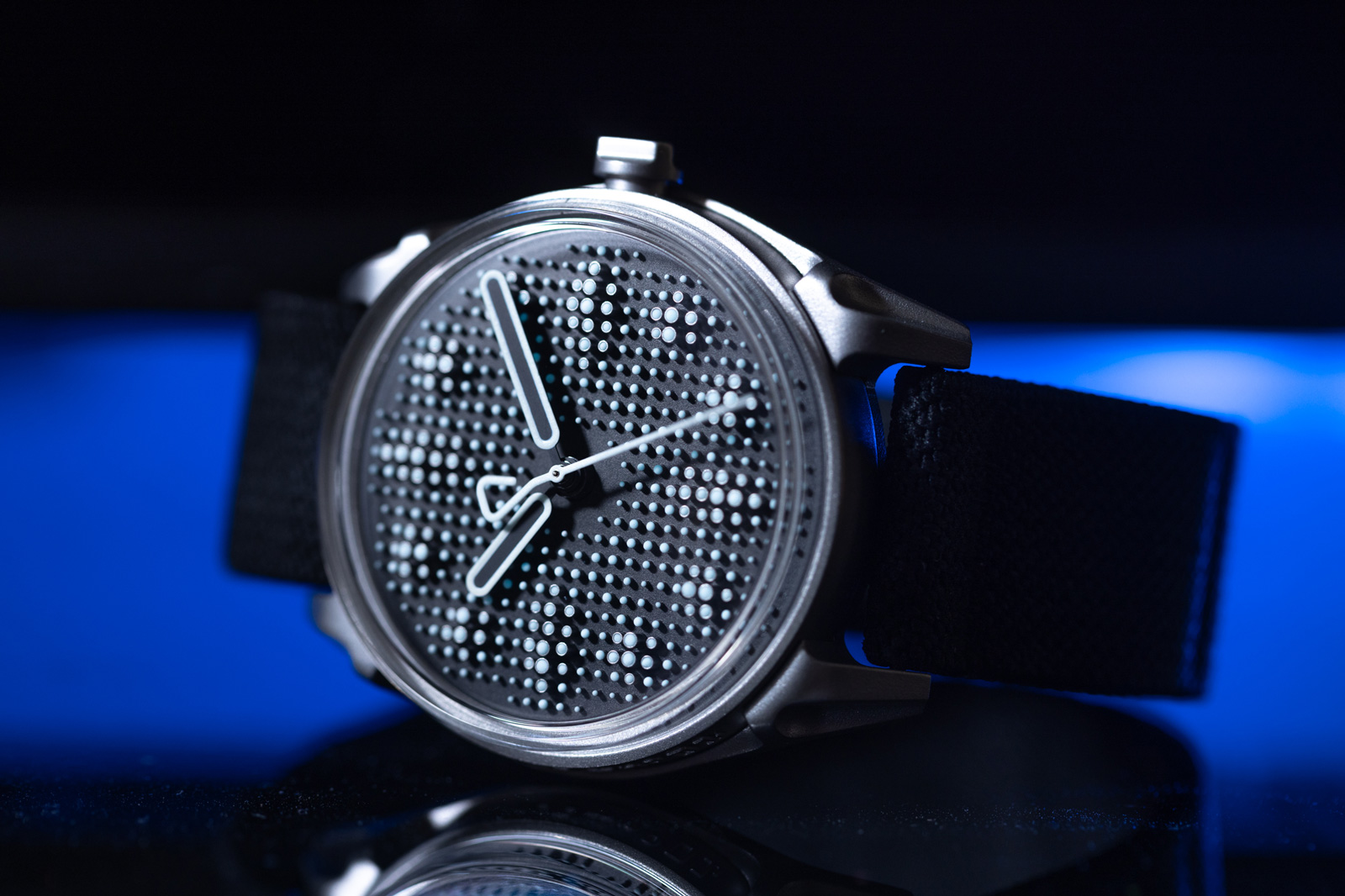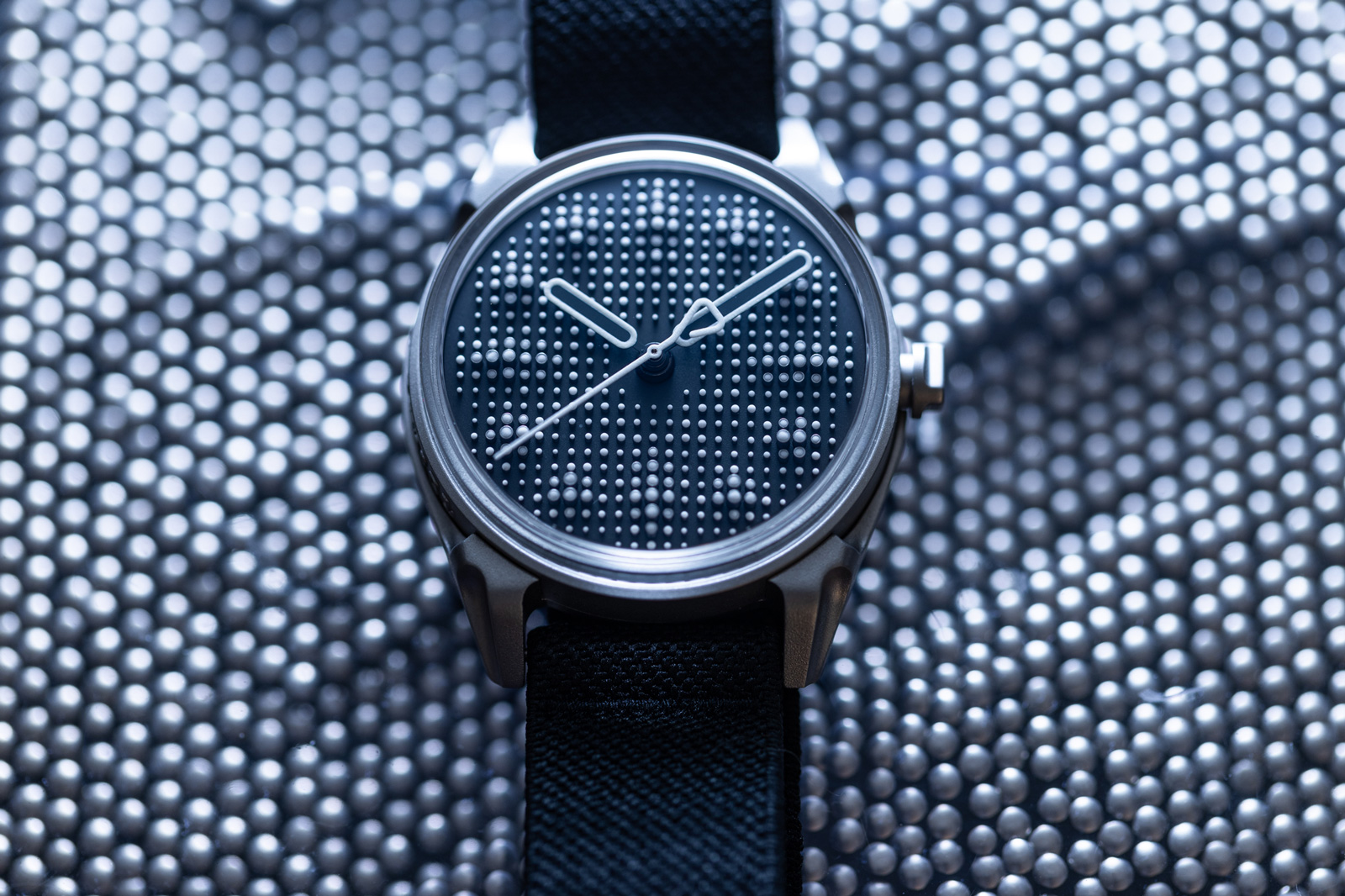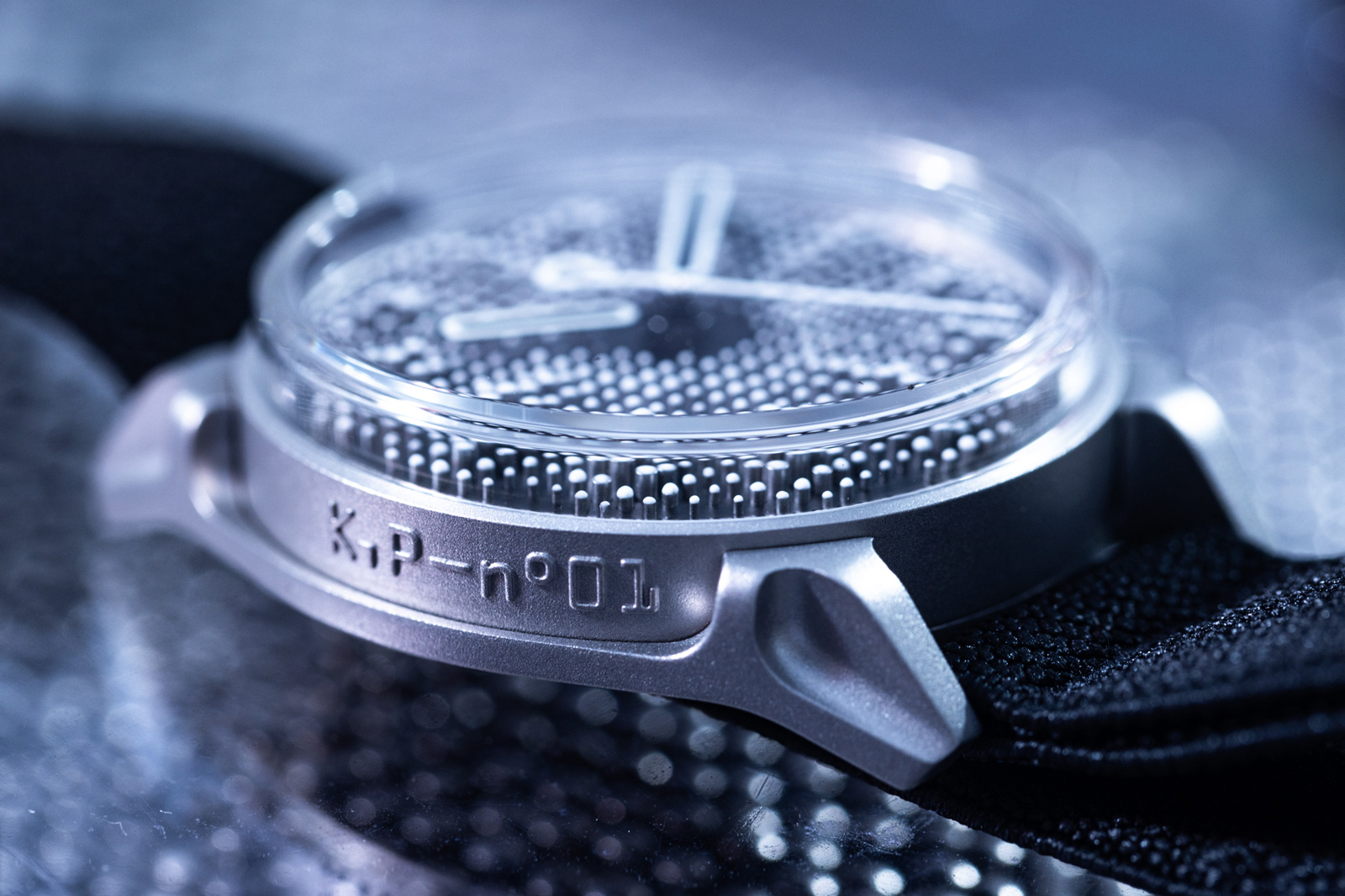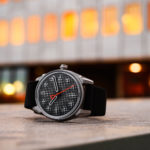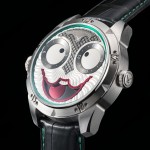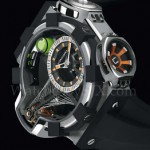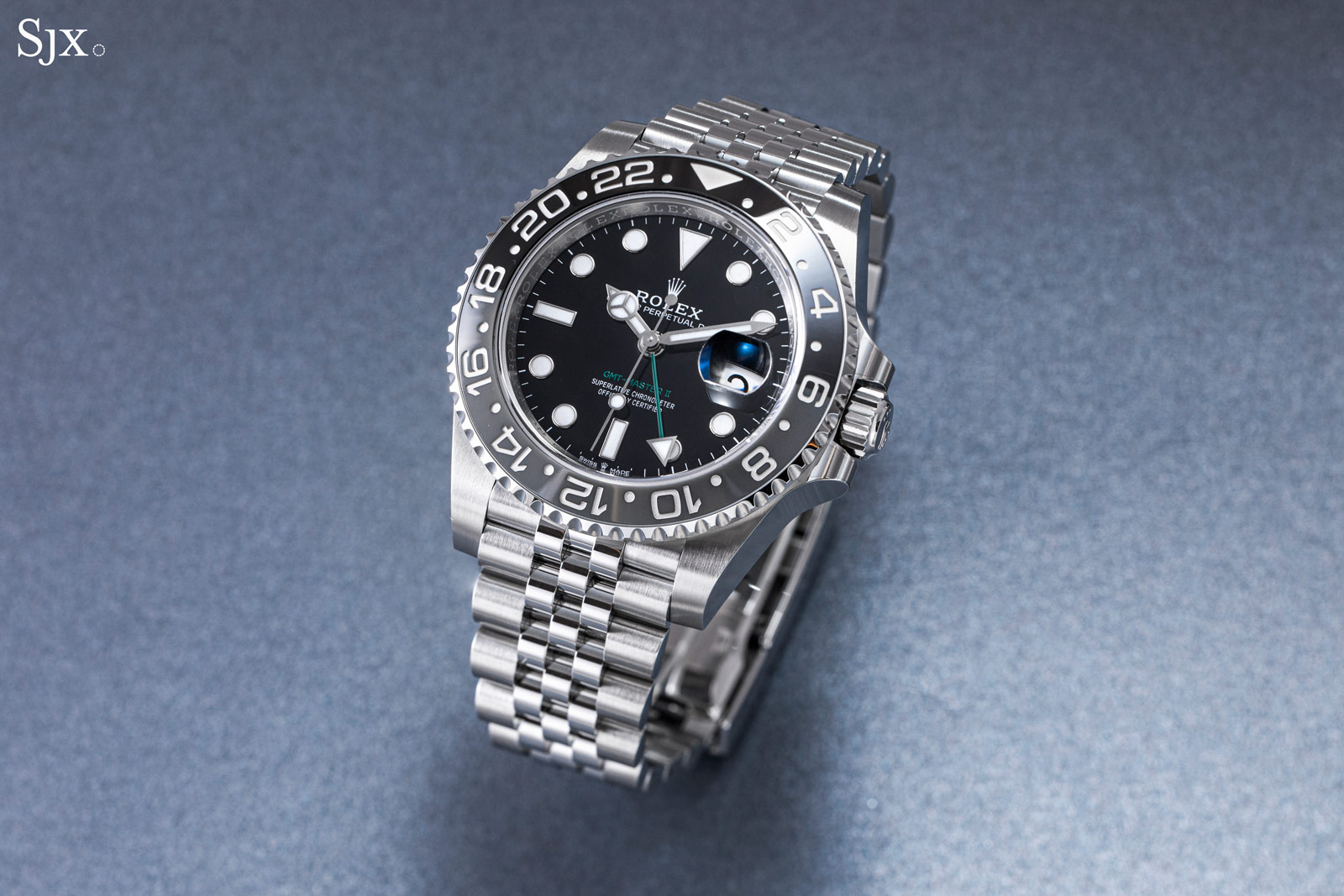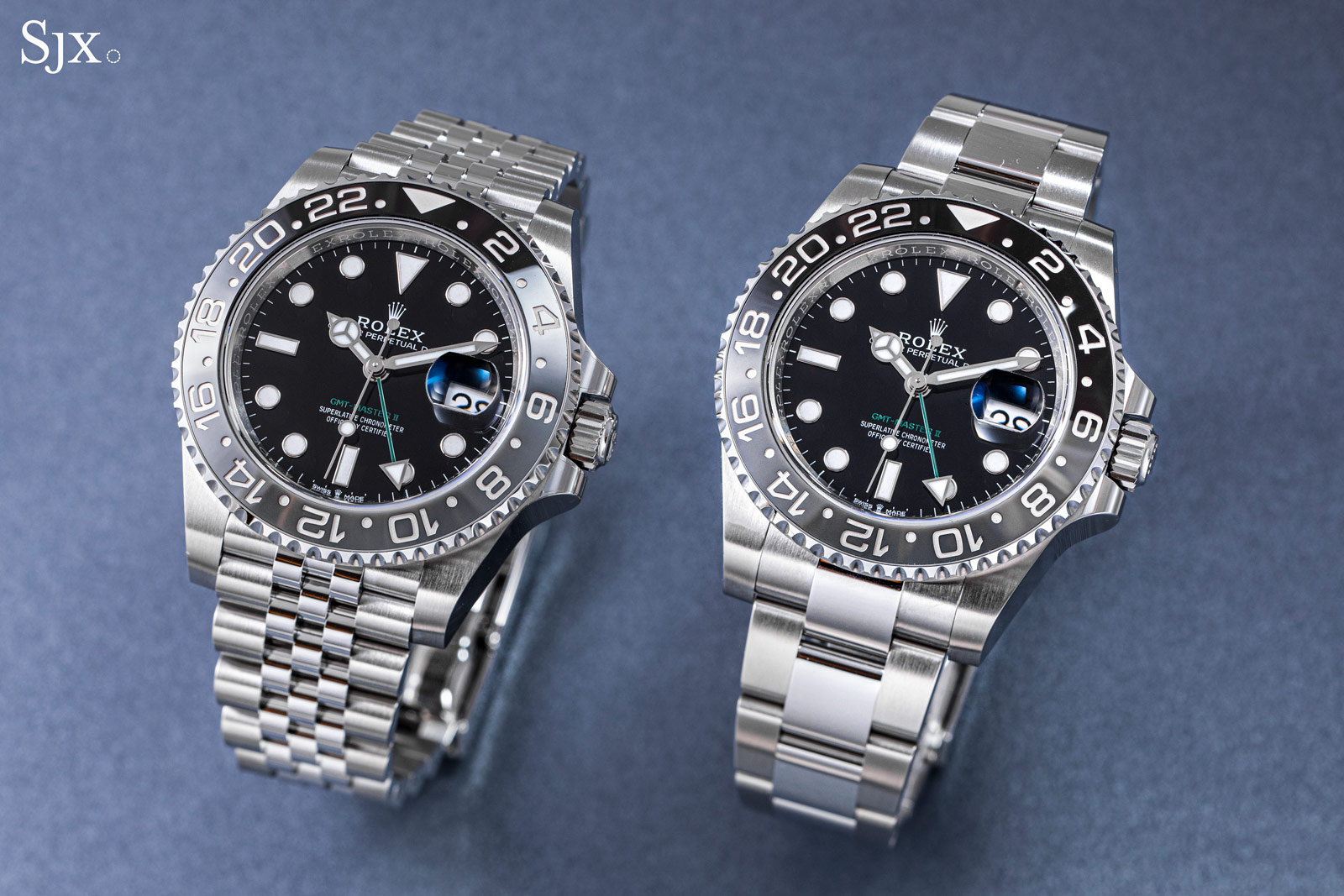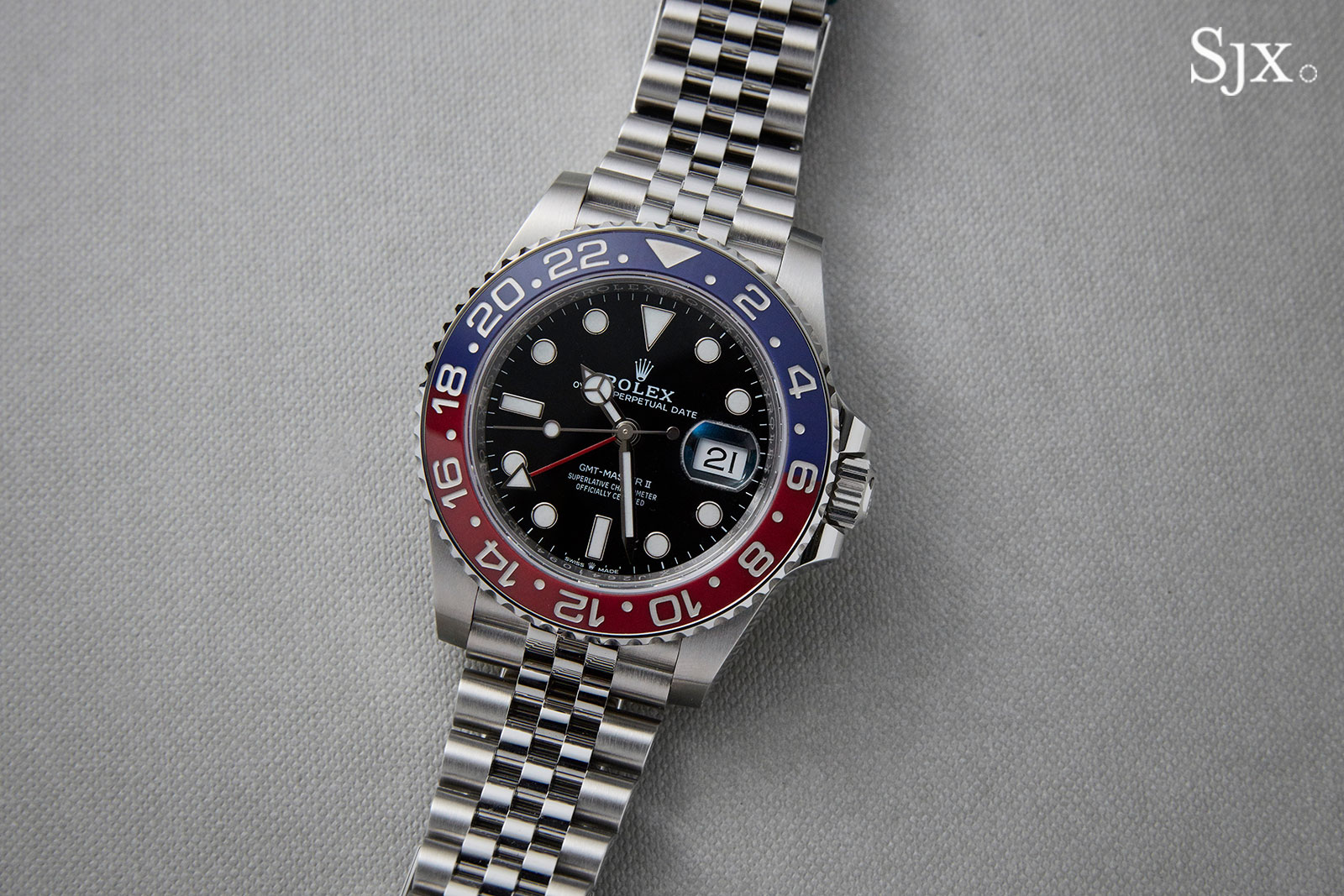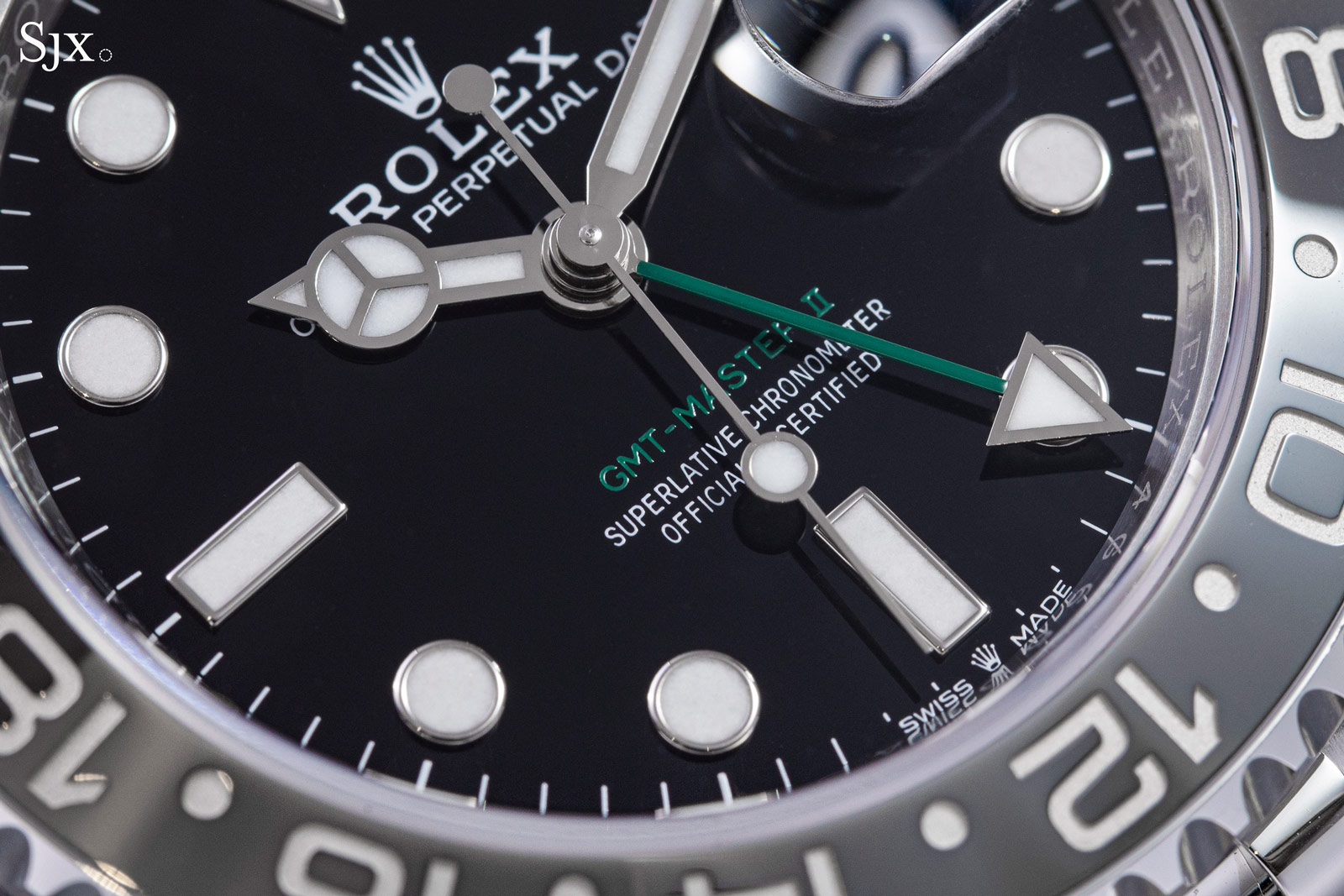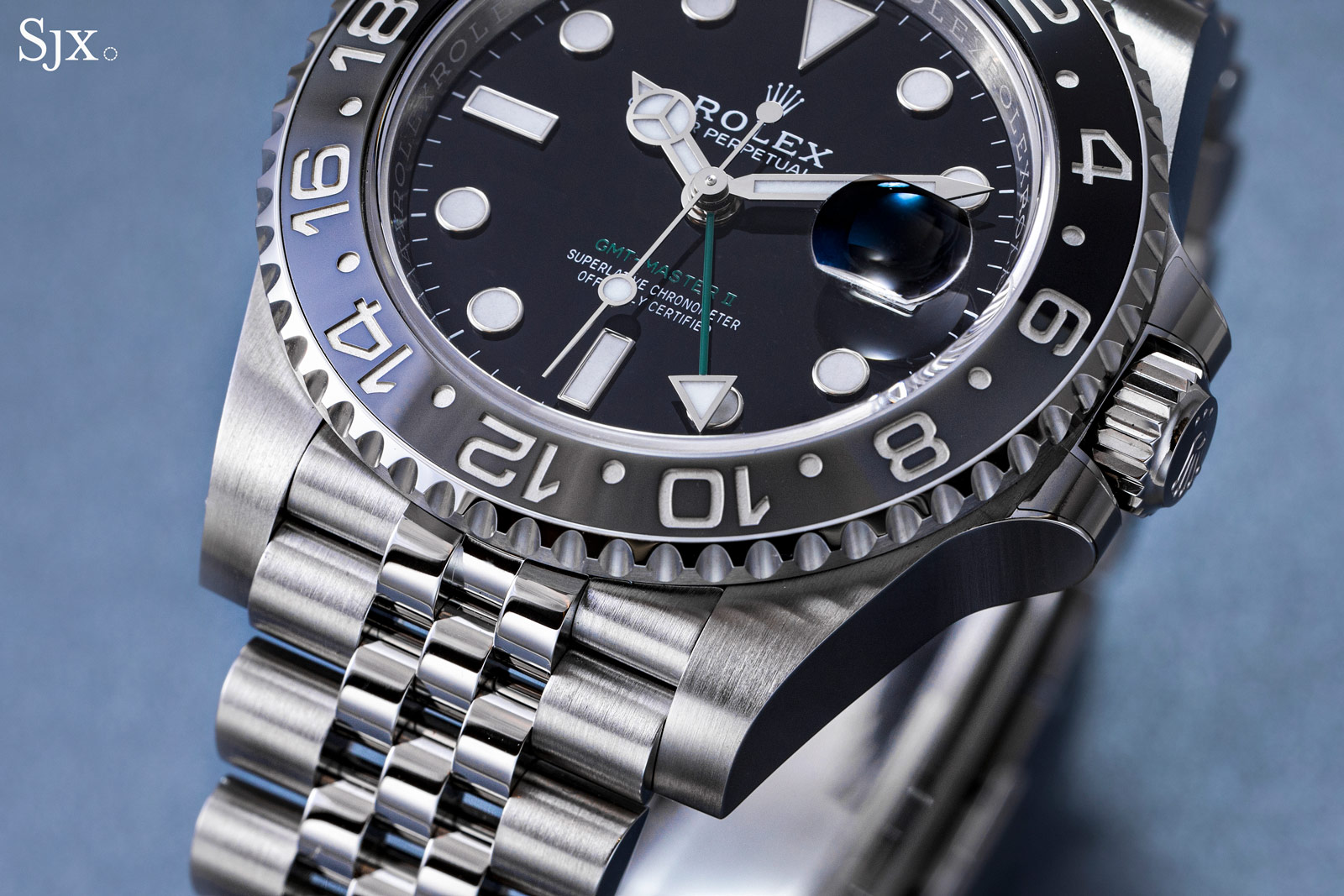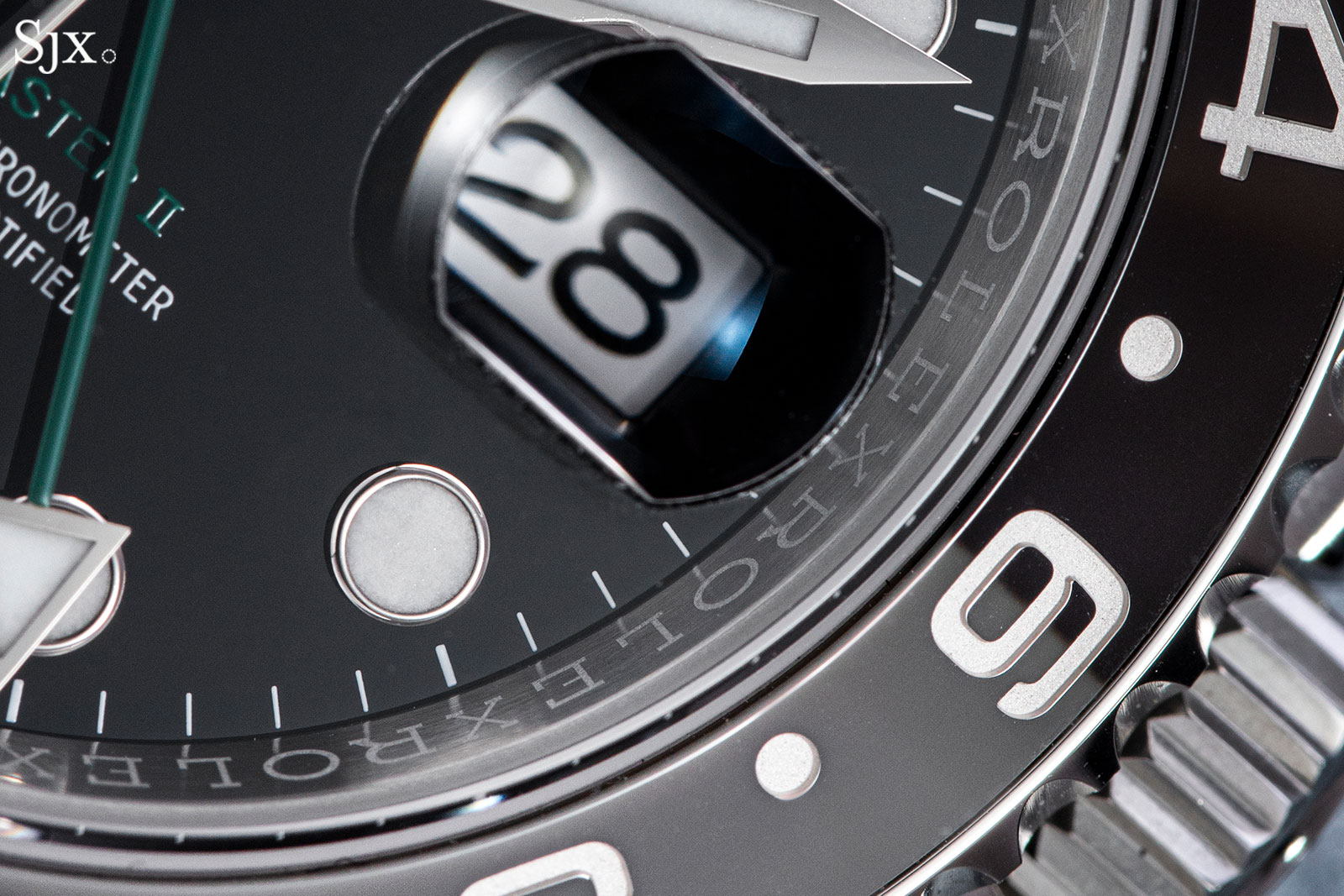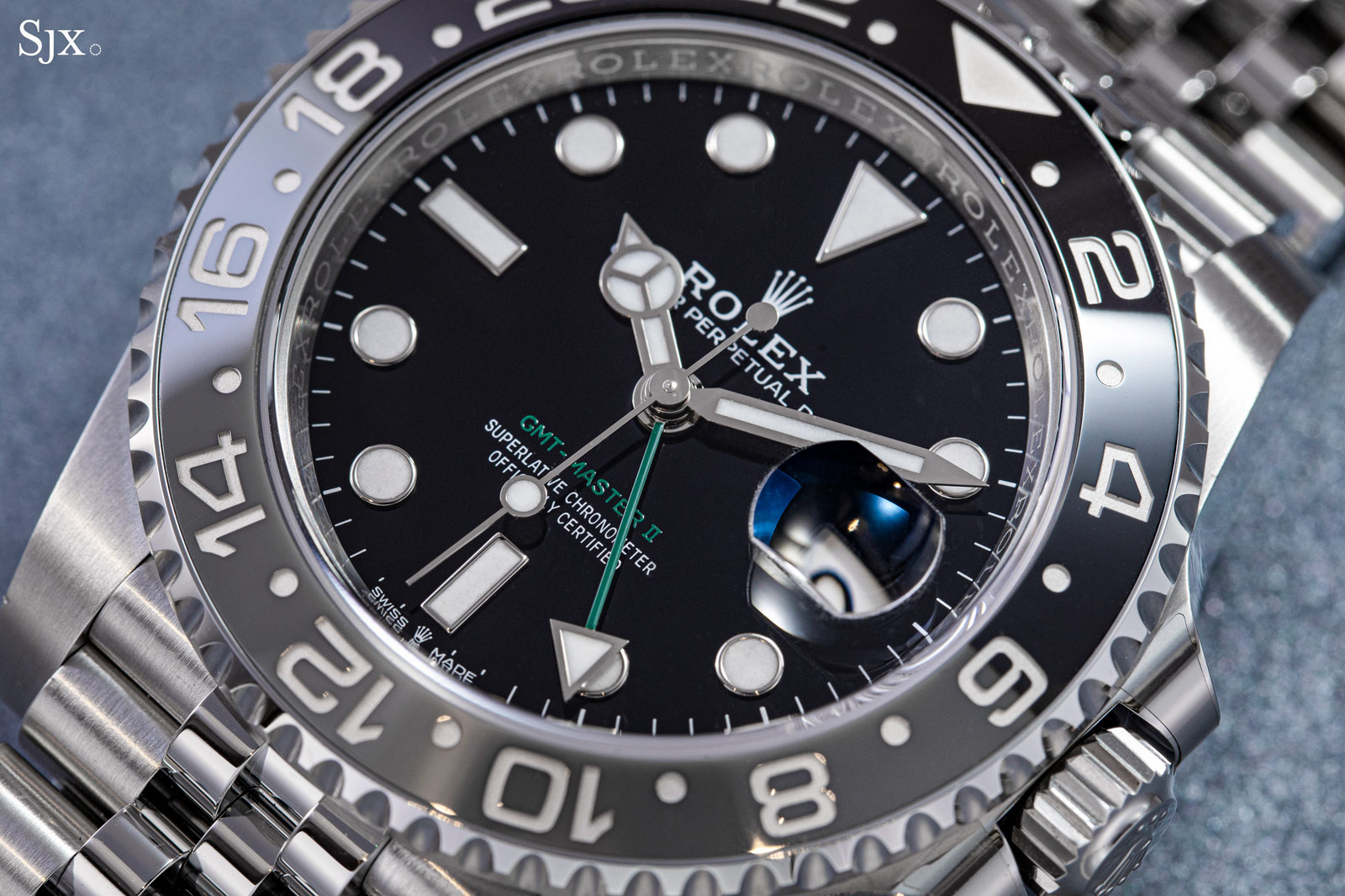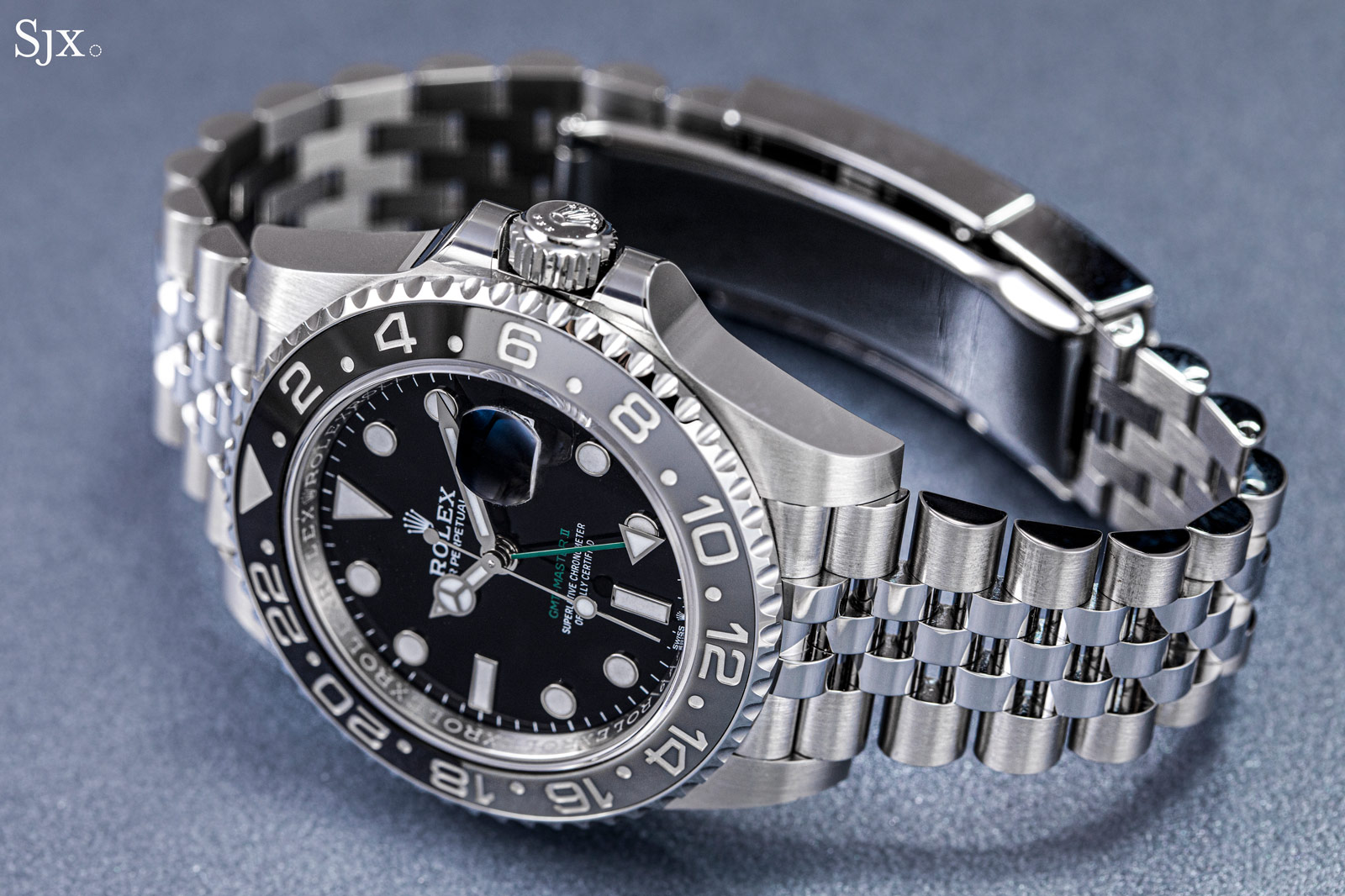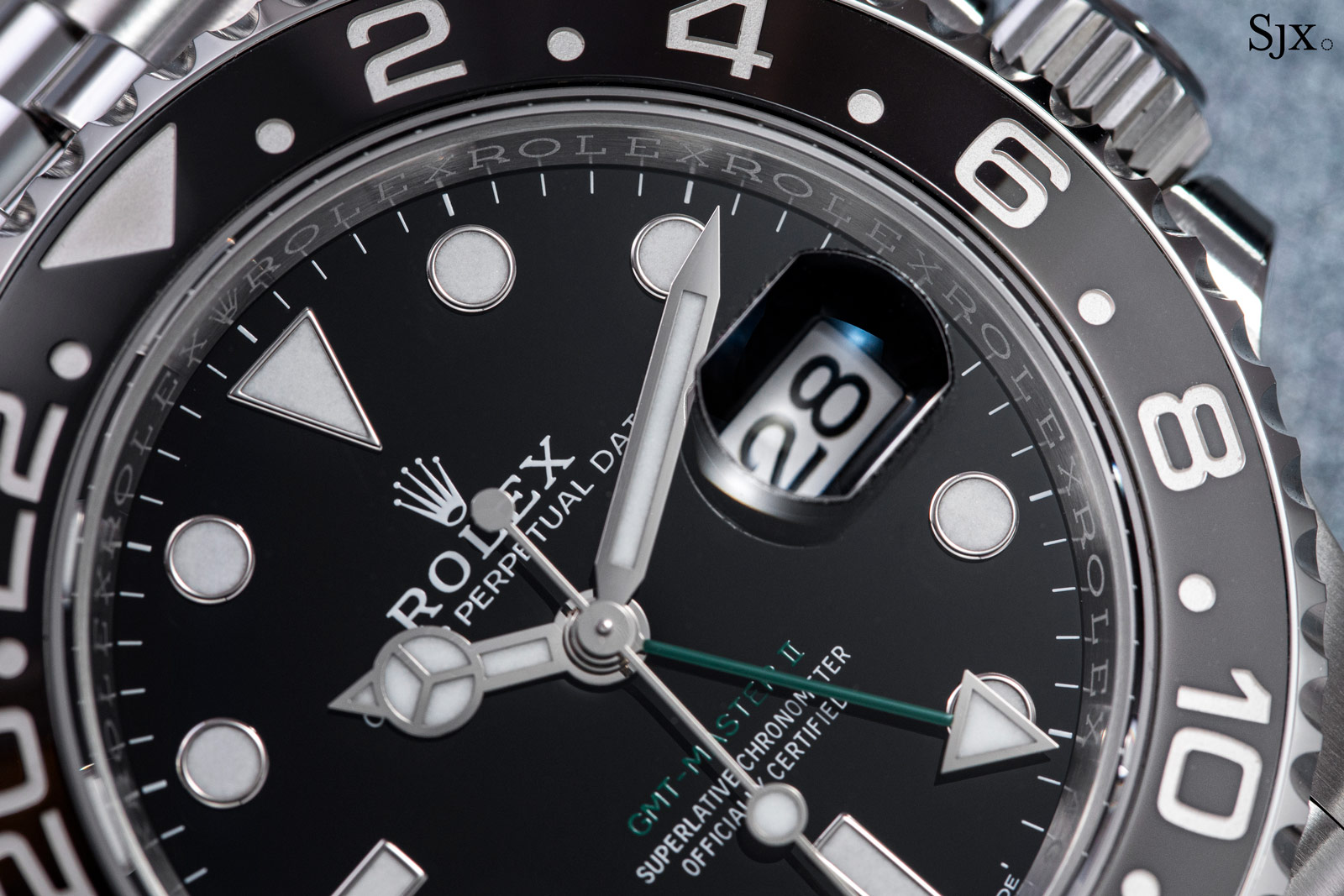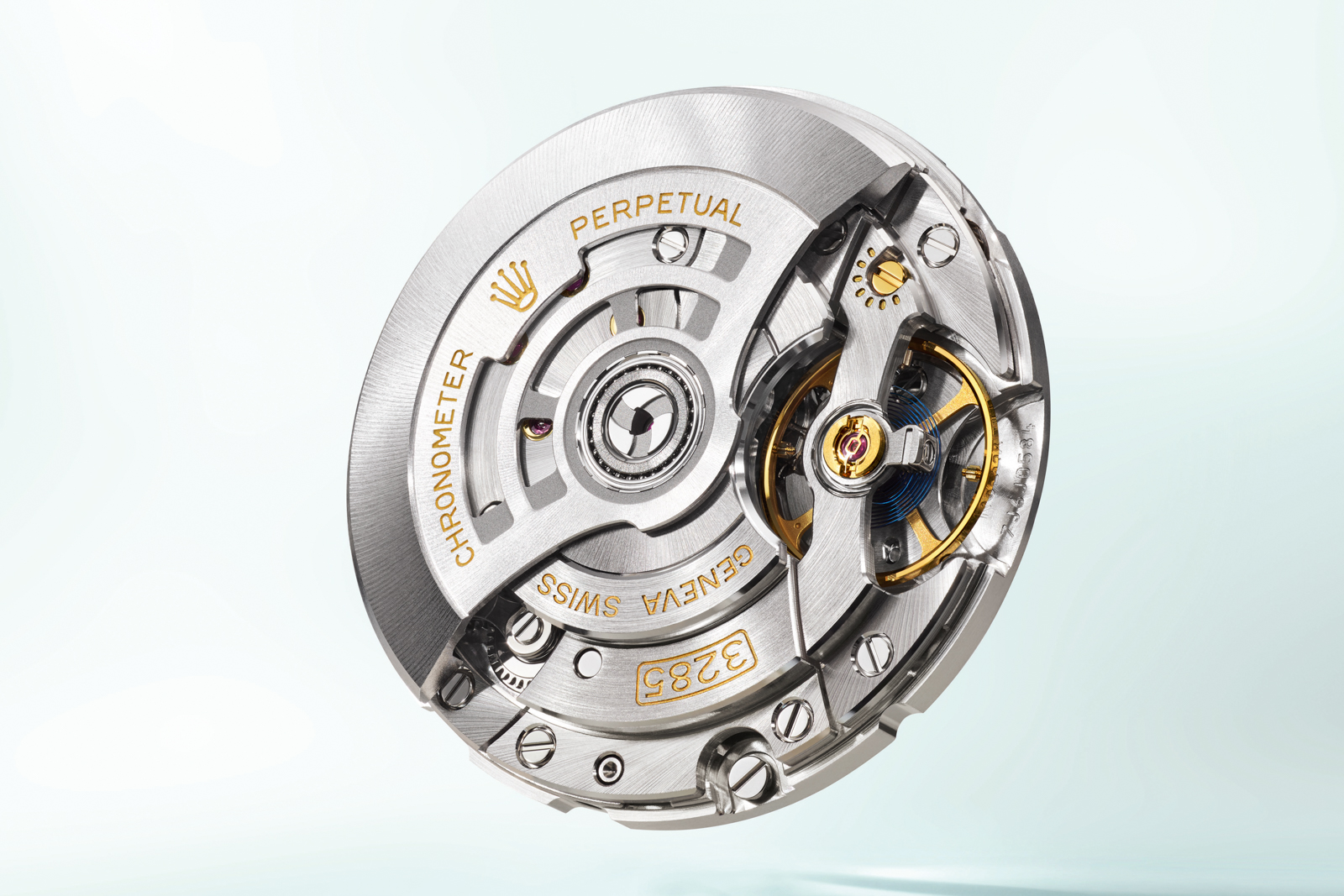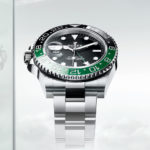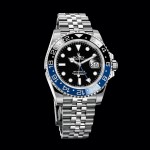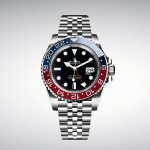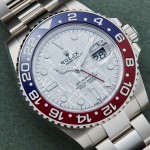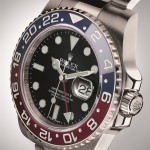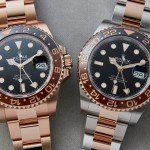Editorial: Geneva Auctions Spring 2024 Part II
A diminished market led by surprise stars.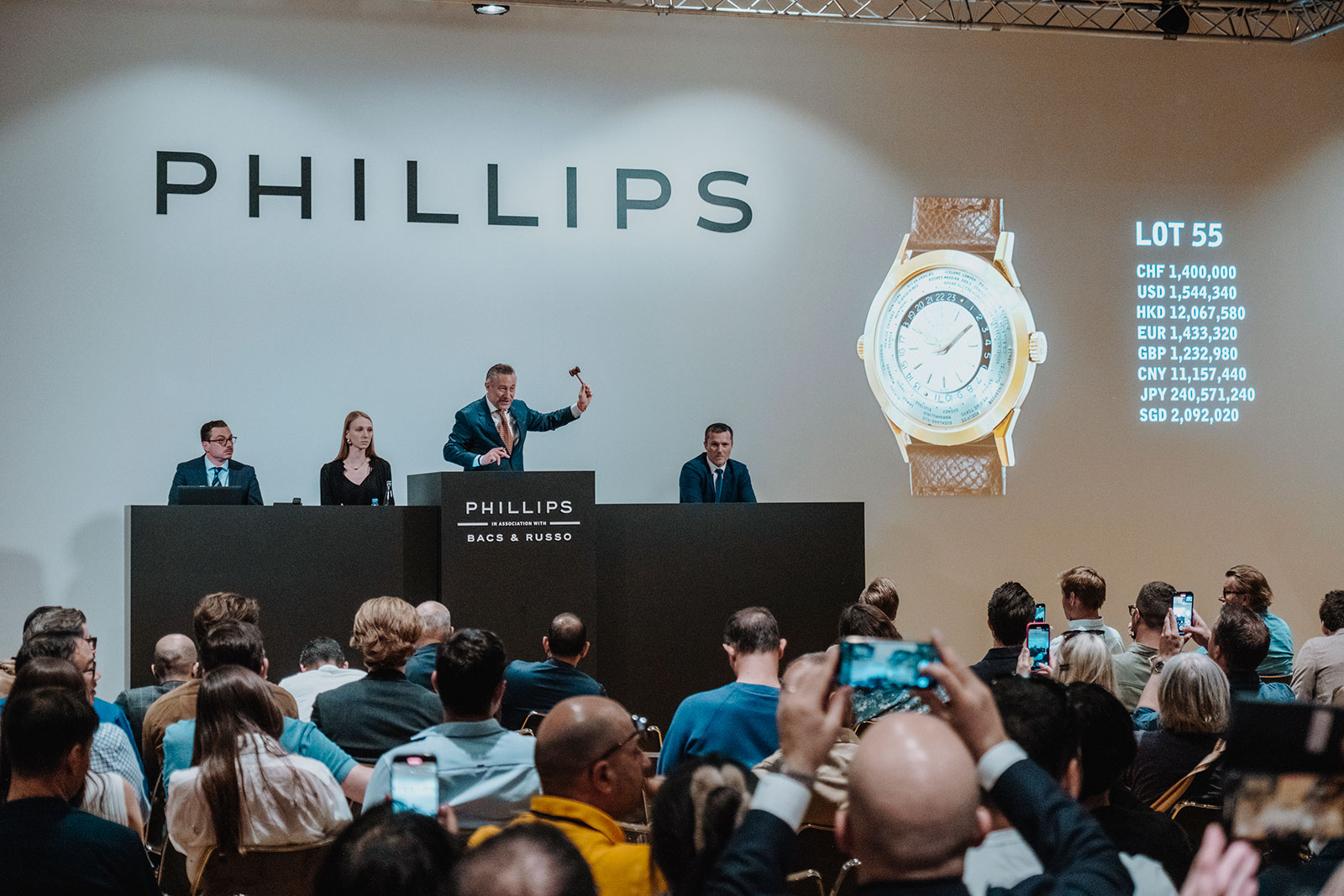
The spring auction season in Geneva started dramatically enough with a cyberattack at Christie’s that took down its website and app. Only Watch went ahead as scheduled, however, and raised over CHF28.3 million, with most of that coming from the Patek Philippe Grande Sonnerie ref. 6301A that sold for CHF15.7 million. What transpired at Only Watch also played out in the subsequent auctions over the weekend.
The live sales at the four auction houses, Antiquorum, Christie’s, Phillips, and Sotheby’s, sold almost CHF85 million of watches, including fees (excluding Only Watch). This compared to over well CHF110 million for Geneva’s fall season last year. Although the sale season six months ago was buoyed by an extra live auction at Christie’s (that was subject of much chatter), the diminished total for this season reflects the state of the market. The waning sentiment was palpable in all the salerooms.
That said, the auctions did throw up a handful of grand surprises, including CHF3.13 million for the Patek Philippe ref. 605 HU world time pocket watch with cloisonné enamel dial at Antiquorum, and CHF1.16 million for the Rexhep Rexhepi Chronomètre Contemporain I at Phillips.
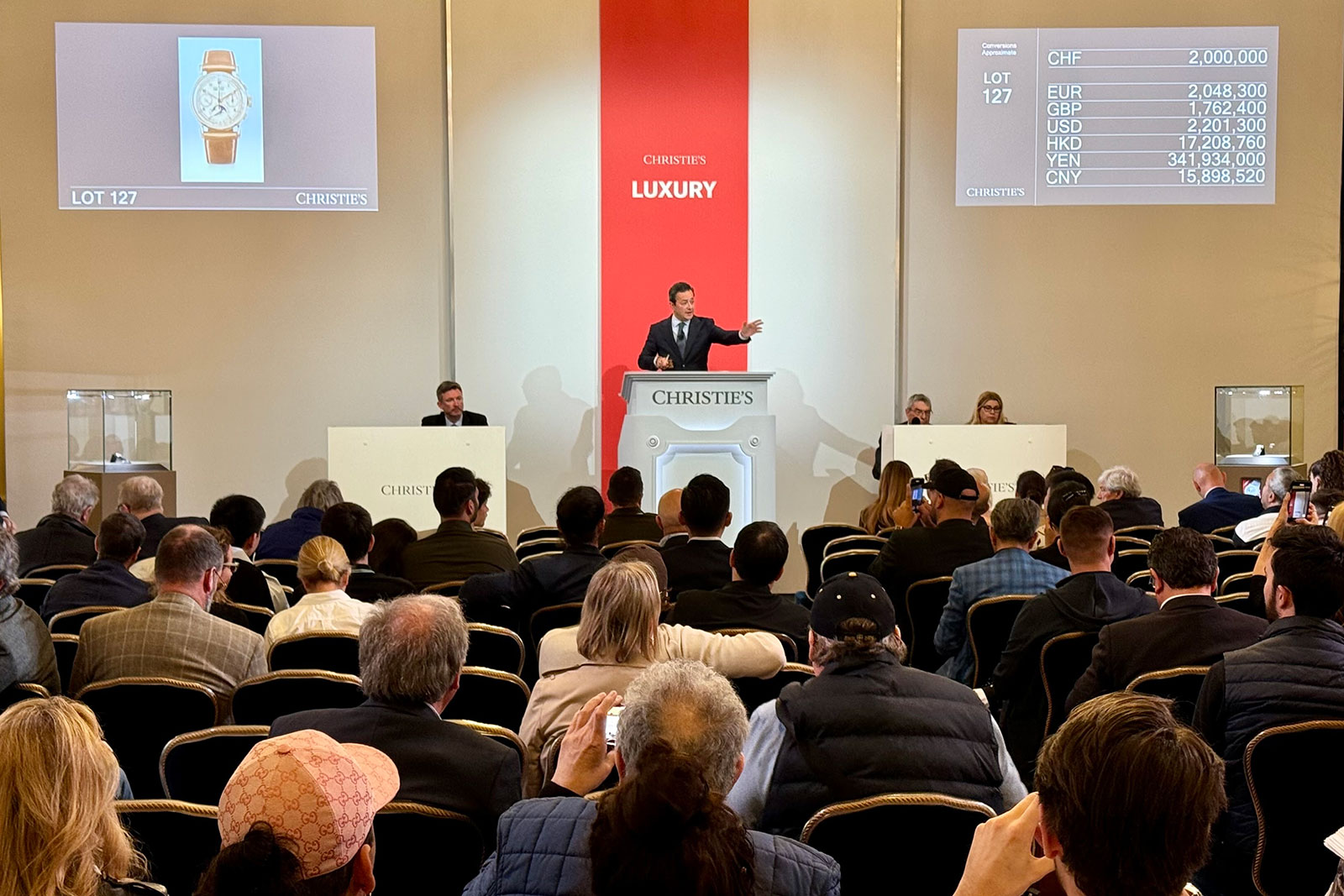
Christie’s sold the most expensive wristwatch this season with CHF2.47 million for a Patek Philippe ref. 1518 “pink on pink” (above), though Antiquorum claimed the title for most valuable timepiece with its ref. 605 HU pocket watch. Image – Christie’s
The good and great indies
One of the most telling results this season was for the Charles Frodsham Double-Impulse Chronometer, amongst several notable examples of independent watchmaking at Phillips. The English brand is most things an independent watchmaker should be.
The watch is honest, original, and high quality. And the brand delivers as promised; the wait for one is long, measured in years, but certain.
Moreover Frodsham only takes a modest £10,000 deposit upon order, instead of the 20%, 30%, or more that other watchmakers demand. Though the retail price of the watch has risen since launch, it’s not been hiked by multiples (distinguishing the brand from fellow English watchmaker Roger W. Smith) and remains reasonable all things considered. The appeal of a Double-Impulse Chronometer is clear.
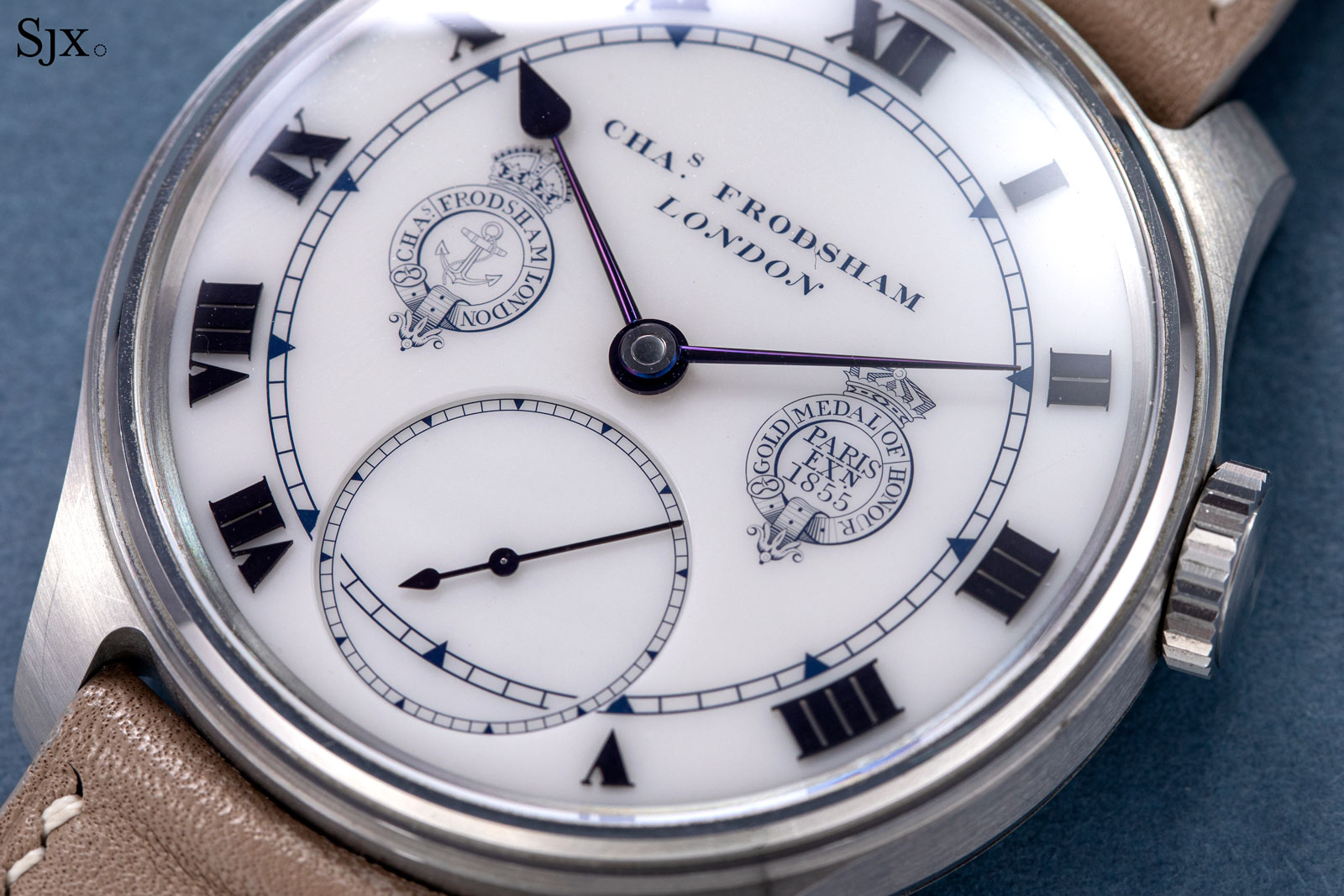
The Frodsham that sold at Phillips with its double cypher dial
Despite all that, the Double-Impulse Chronometer in steel sold for CHF165,000 at Phillips. The very same watch, in the same condition and with the same accessories, sold for US$225,500 almost exactly a year ago. Granted, the watch still sold for above its retail price, a premium of about 40%, but the price has gotten more reasonable.
The same dynamic played out across all salerooms, applying to both sought-after examples of independent watchmaking and stellar examples of vintage watches.
Sotheby’s sold an F.P. Journe T30 Anniversary Tourbillon with its distinctive sterling silver case for CHF279,400. This compares to CHF450,000 or more three years ago. The same decline in value could be seen across a range of desirable specimens of independent watchmaking, including a Dufour Simplicity and F.P. Journe Resonance “pre-Souscription” at Phillips.
Interestingly, A. Lange & Söhne, historically a brand that shares the same clientele as many independent watchmakers, is also experiencing declining demand, except the decline is much more pronounced, particularly for models that are not limited editions. This perhaps reflects the fact that is not actually an independent watchmaker, despite the august quality of its watches.
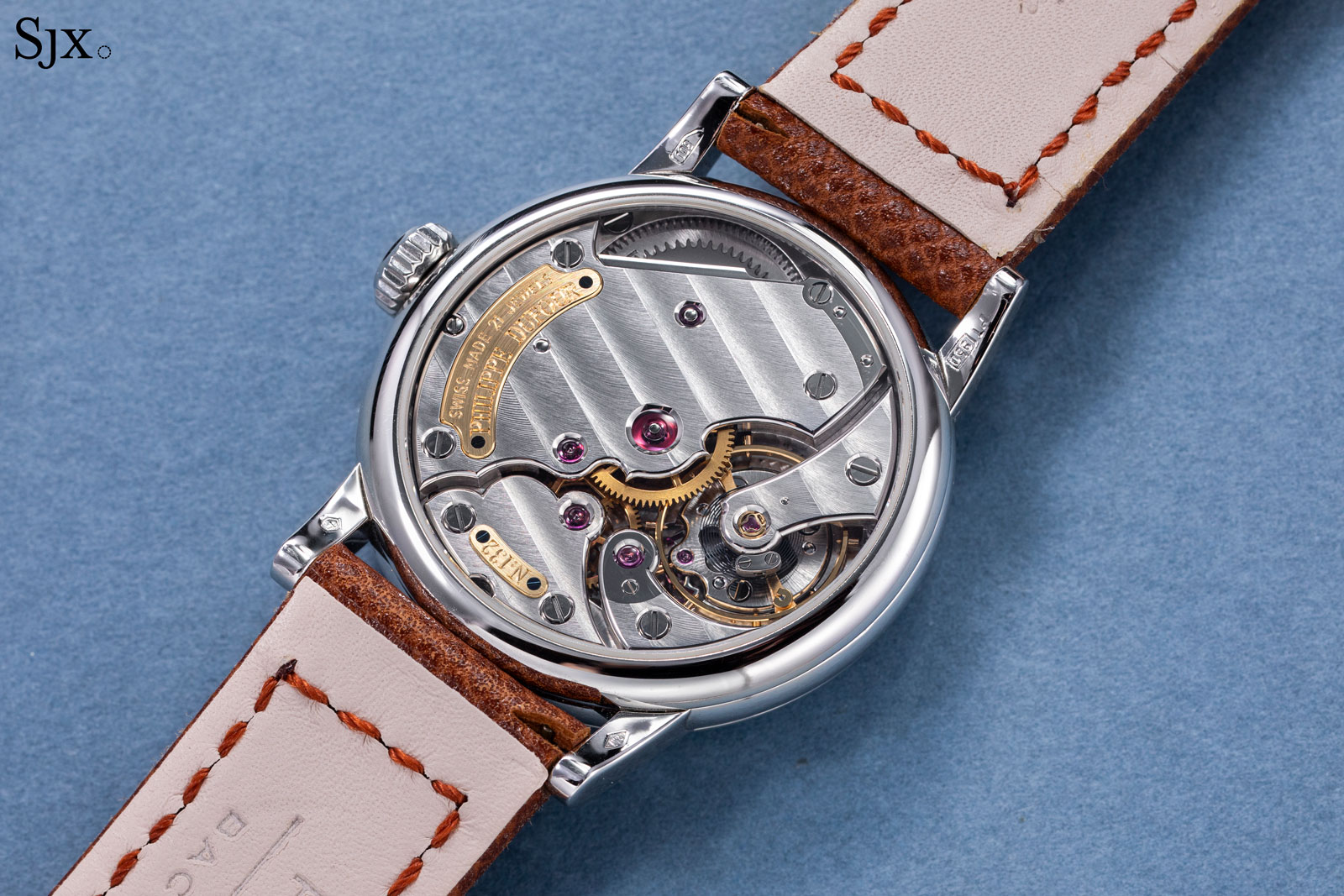
The 34 mm Simplicity in platinum sold for CHF406,400 at Phillips
More ordinary examples of independent watchmaking ended up at around retail. A Voutilainen 28SC, a sporty take on the Vingt-8 that was a limited edition of 10 pieces from 2020, sold for CHF114,300.
With a top-quality watch by one of the best names in the field selling for this much, where does that leave the more recent and arguably less compelling entrants into independent watchmaking? Granted, the Voutilainen is a few years old, although in near-new condition, so the comparison is not exact but still inevitable.
This is especially relevant for the brands that lack the authenticity and soul that sets apart brands like Voutilainen. Such brands would include those that are artificial constructs assembling parts from suppliers both industrial and artisanal, and also brands dreamed up by investors fantasising about owning a piece of the next F.P. Journe.
The same question can be posed to the wider industry: after several years of hefty increases, are retail prices significantly disconnected from reality? Luxury watches will of course always be disconnected from reality – with often inelastic demand – but history has proven that if the dislocation grows too vast, demand doesn’t stay inelastic.
Vintage gems
A few lots after the T30 at Sotheby’s was a well preserved third-series Patek Philippe ref. 2499 in yellow gold, ordinarily an ordinary watch as far as the 2499 goes, but set apart by “Tiffany & Co.” on the dial. It sold for strong CHF1.14 million, perhaps double the value of a comparable watch without the jeweller’s signature, but not a spectacular result.
Another notable Patek Philippe chronograph at Sotheby’s was the ref. 591 “Fagiolino”. Although rare, the ref. 591 is one of the least popular chronographs of the period, perhaps due to its peculiar, blocky lugs. That said, the example that sold at Sotheby’s was in almost pristine condition, explaining its relative high price of CHF82,550, still a relatively good buy all things considered.

The million-franc ref. 2499 at Sotheby’s
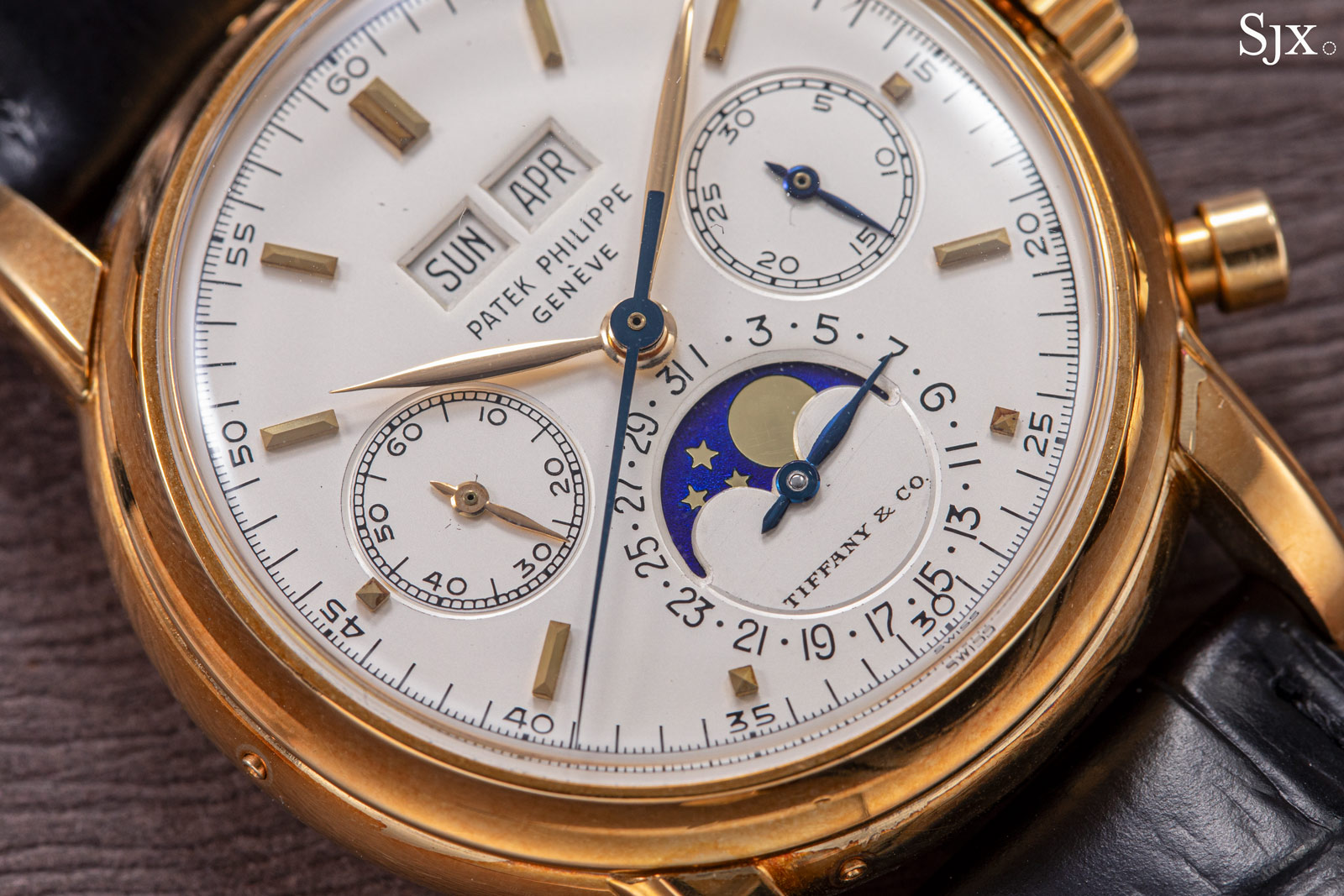
The all important signature in the six o’clock register
Over at Phillips, the gorgeous Rolex Oyster ref. 6102 “La Caravelle” with an exquisite cloisonné enamel dial by Marguerite Koch sold for CHF1.27 million. Beautiful and in beautiful condition, the ref. 6102 exemplifies mid-20th century cloisonné art in watchmaking.
The same watch sold for CHF1.24 million almost a decade ago in November 2015, illustrating that incredible vintage watches can fetch incredible prices, but absent mania in the market, tend to plateau at a certain level.
Intriguingly, Christie’s sold a similar Rolex Oyster ref. 6100 with a cloisonné dial also by Koch for just CHF277,200. Depicting a fictional coat-of-arms on the dial, the ref. 6100 is likely unique but likely weighed down by its visible wear and the simple fact that the coat-of-arms isn’t particularly compelling.
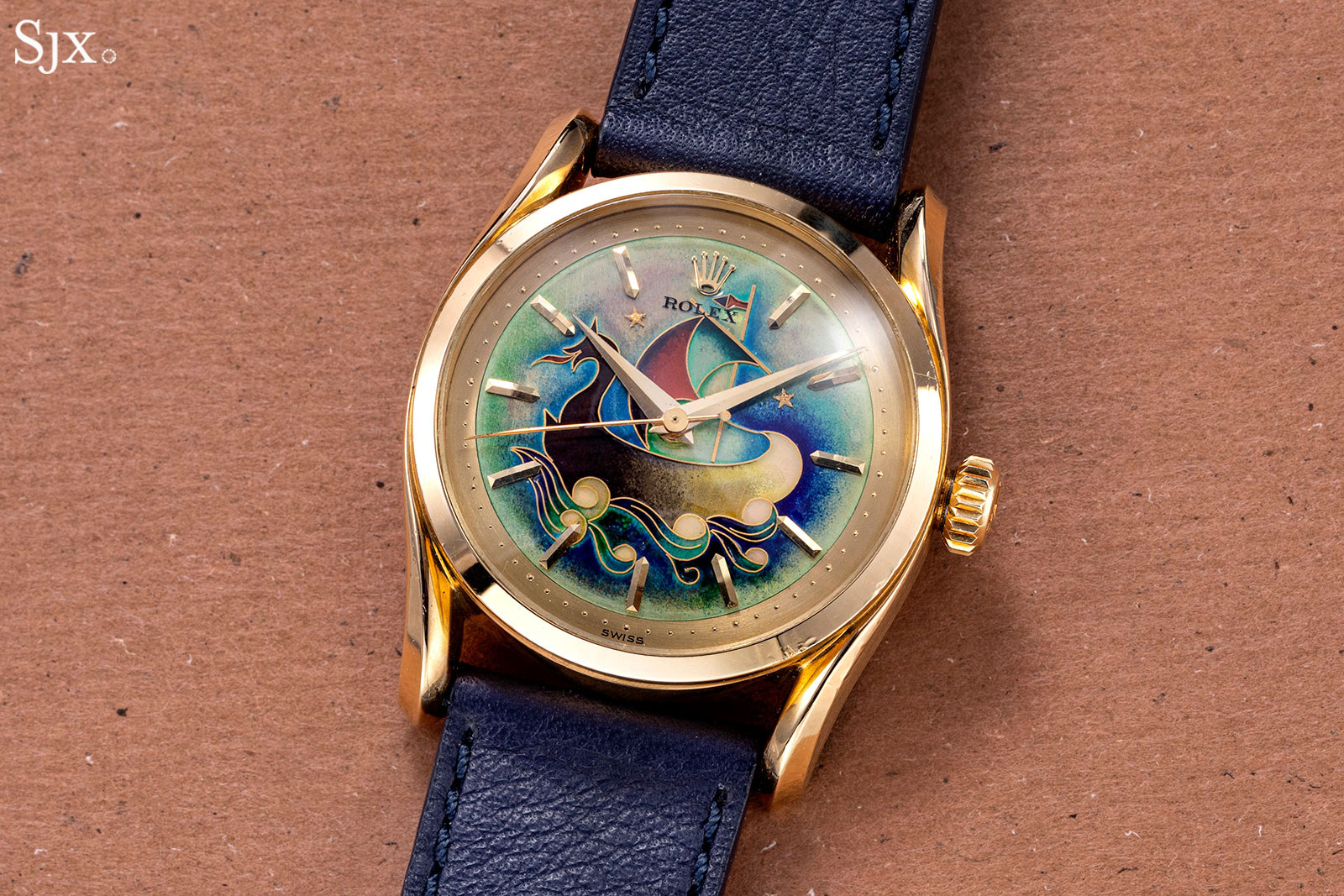
“La Caravelle”
The same could be said of the Patek Philippe ref. 2523/1 two-crown world time in yellow gold that sold a day earlier, also at Phillips.
Preserved in outstanding condition, this ref. 2523/1 sold for CHF1.75 million, making it the most valuable of the 200-odd lots at Phillips, but still well within the historical range for this watch.
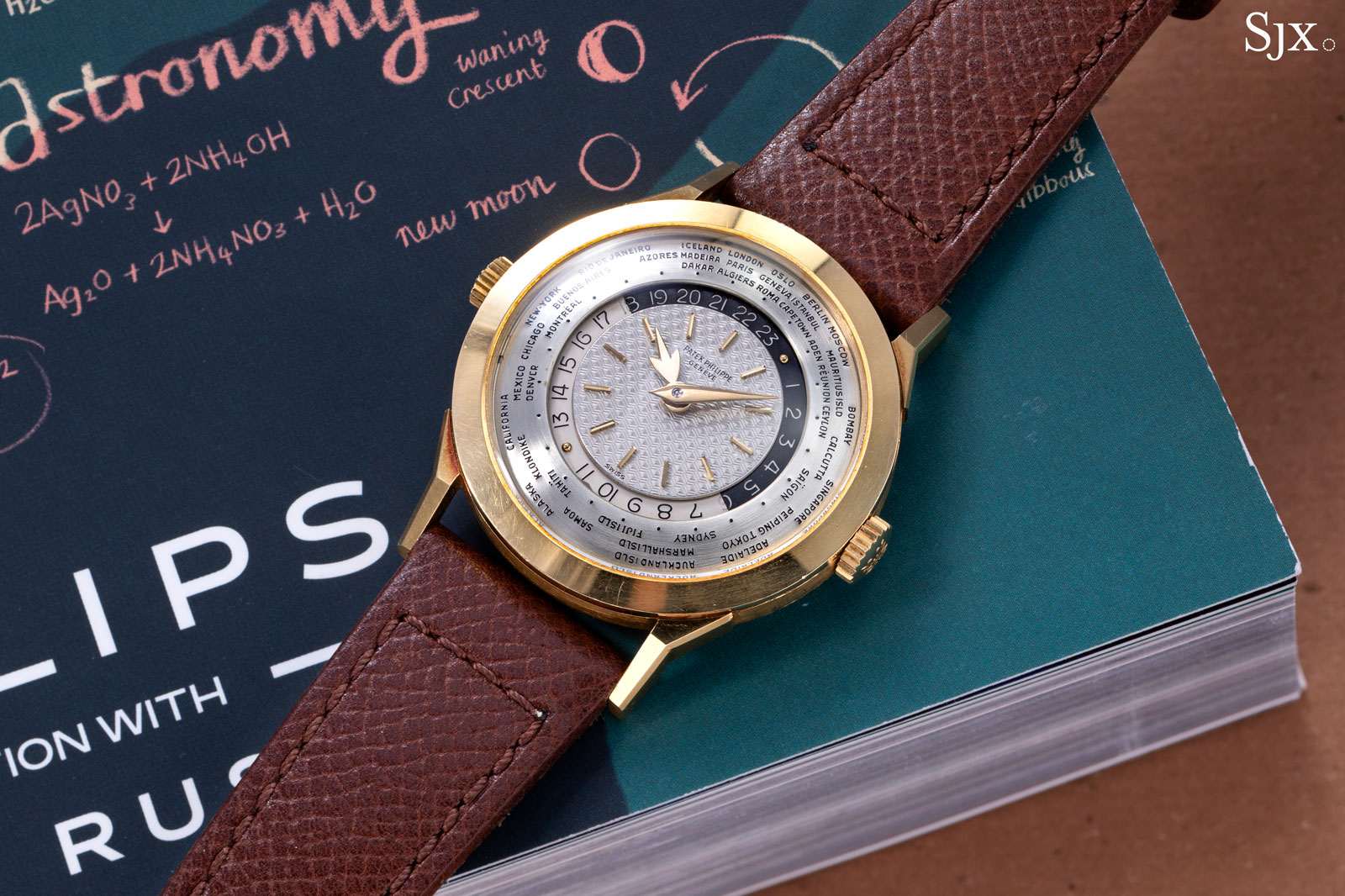
The ref. 2523/1 at Phillips
As an interesting point of comparison, another two-crown world time in yellow gold, but the earlier ref. 2523 instead, sold for CHF1.91 million at Antiquorum.
Although the watch is in worn condition with loss of plating on the cities disc and noticeably rounded edges on the case, its gold guilloche dial is particularly rare and particularly beautiful. It is also possibly unique as “Geneve” is positioned over six o’clock instead of the customary position below 12.
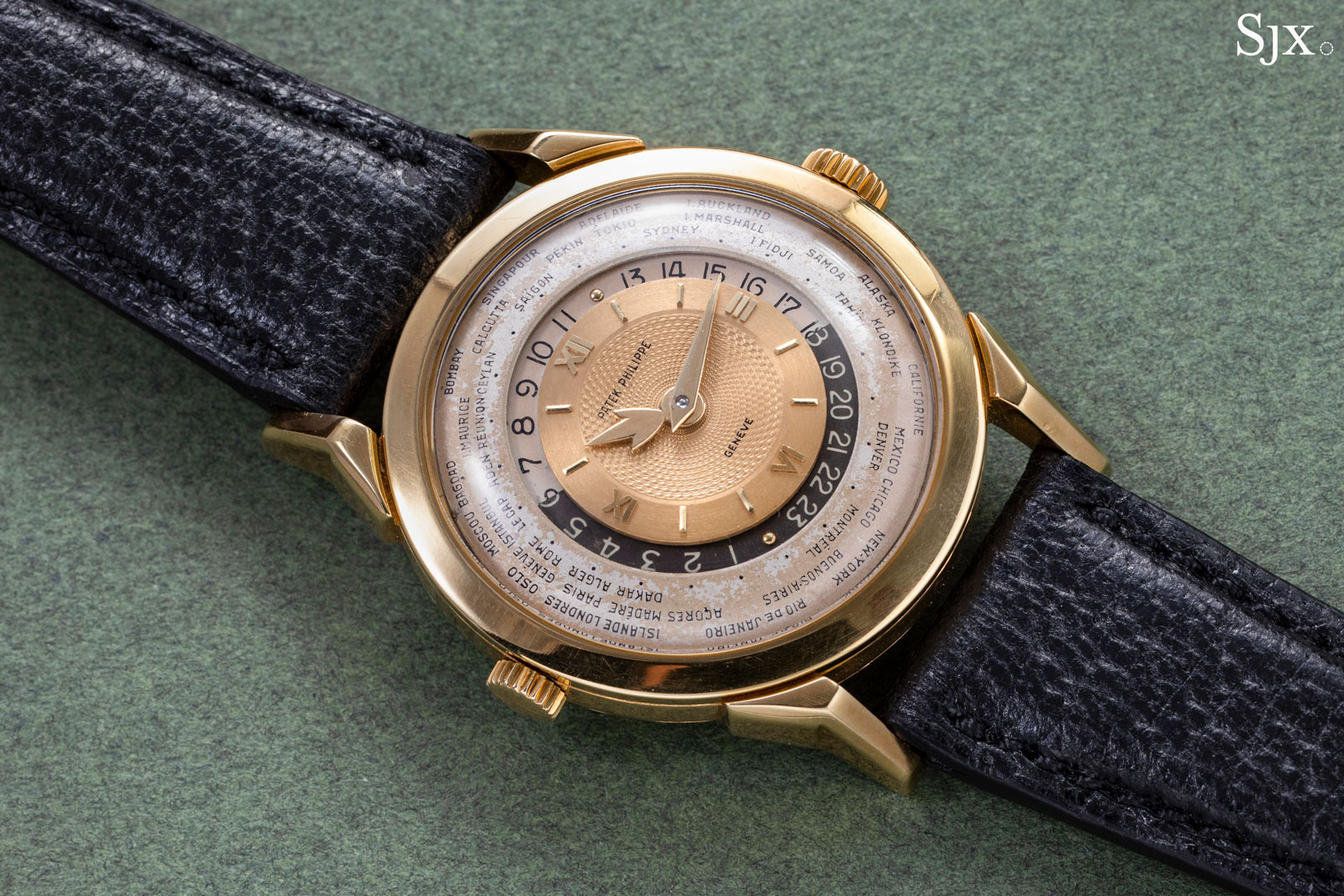
The ref. 2523 from Antiquorum
Antiquorum, however, claimed the most expensive timepiece of any sort this season with the gorgeous and crisp Patek Philippe ref. 605 HU world time pocket watch. Featuring a pink gold case and pink-gilt cities disc, this ref. 605 HU has a cloisonné enamel dial depicting a stylised world map, making it possibly unique and unquestionably outstanding.
The outstanding ref. 605 HU outperformed, selling for CHF3.13 million, a record for the reference by some margin – beating the last record by a million francs – a result that is well deserved. This was perhaps the only big-ticket lot in the entire season that beat expectations for entirely justifiable reasons.
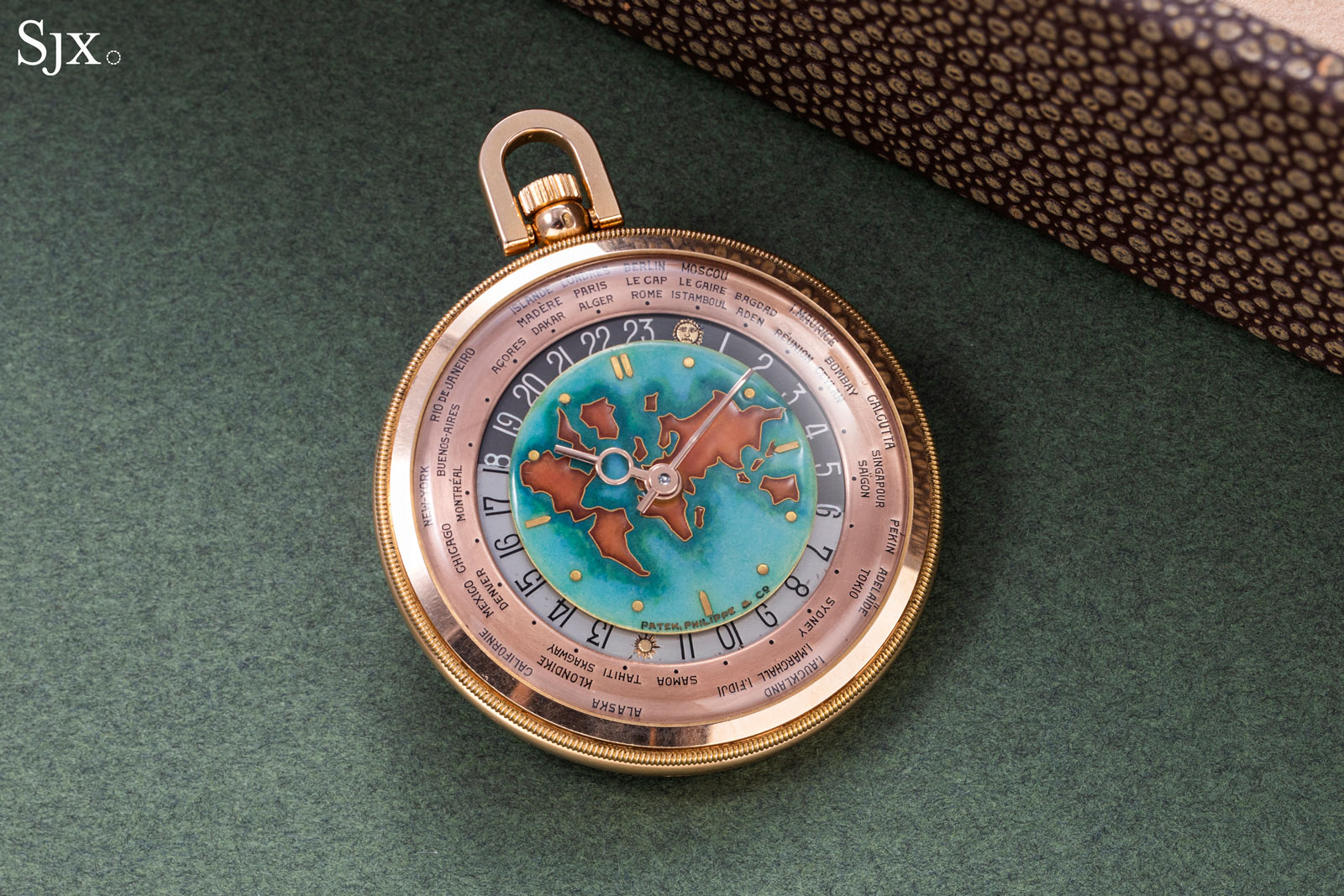
The most valuable ref. 605 HU ever
The big surprises
Amongst the unexpected top lots this season was the Patek Philippe ref. 1518 “pink on pink” that sold for CHF2.47 million at Christie’s. It’s a singular rare watch – just 12 “pink on pink” specimens are known – and also deeply appealing when examined in person.
But this ref. 1518 was restored, in the 1990s by Patek Philippe according to Christie’s. The restoration was artful, but it is still apparent on the dial. In contrast to classic cars, restoration tends to be a no-no in watches, so the big result runs counter to prevailing tastes. The watch, however, looks good in the metal, which perhaps explains it.
Also unexpected but for the opposite reason was the CHF1.50 million, achieved after less-than-spirited bidding, for the unique F.P. Journe Vagabondage I (V I) in platinum made for Michael Schumacher. Despite the low-resolution printing on the dial, this V I is a unique model with its case material (the three others were in gold), enhanced by the provenance of a storied racing career. A watch like this should be more valued.
The same could be said of the five-piece F.P. Journe Ruthenium set also owned by Mr Schumacher, which sold separately for a total of CHF1.70 million to the same buyer.
Taking Christie’s sale as a whole, however, it is clear that the cyberattack didn’t have a discernible impact on the results, which was also true for the auctioneer’s art sales in New York the week after.
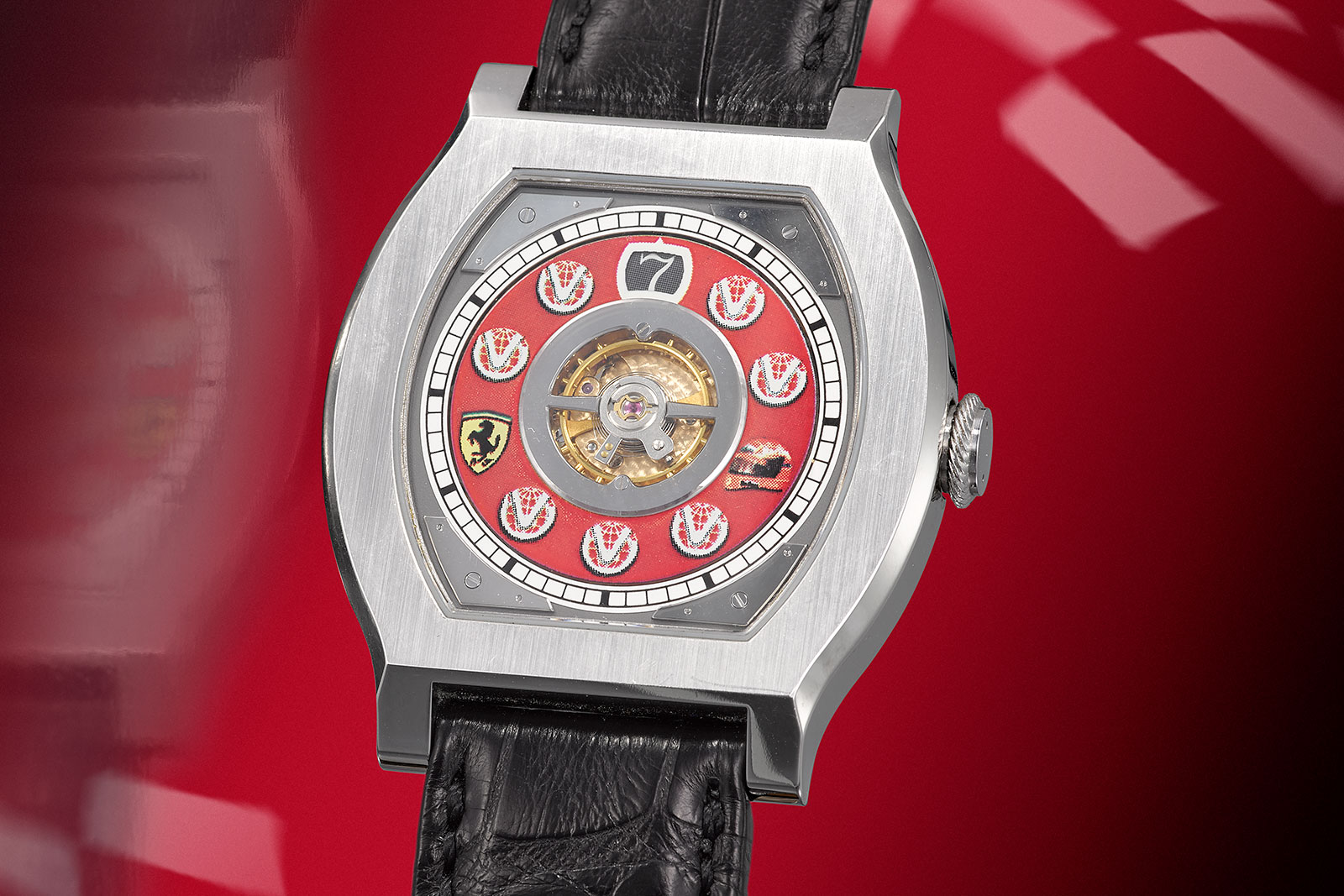
The Vagabondage I commemorating the seven F1 world championships won by Michael Schumacher. Image – Christie’s
But Phillips claimed perhaps the most surprising result: a Rexhep Rexhepi Chronomètre Contemporain I (RRCC I) in platinum that sold for CHF1.16 million – or about 20 times its retail price – to an online bidder in Malta. Though the bidder’s identity is unknown, Malta’s popularity with wealth individuals seeking a European Union passport makes it possible the bidder is not Maltese.
And shortly after, an Akrivia AK-05 sold for CHF635,000 to an online bidder in Los Angeles.
This pair sold just a day after the one-of-a-kind Rexhep Rexhepi Chronomètre Antimagnétique (RRCA) hammered for CHF2.1 million at Only Watch (that had no buyer’s premium).
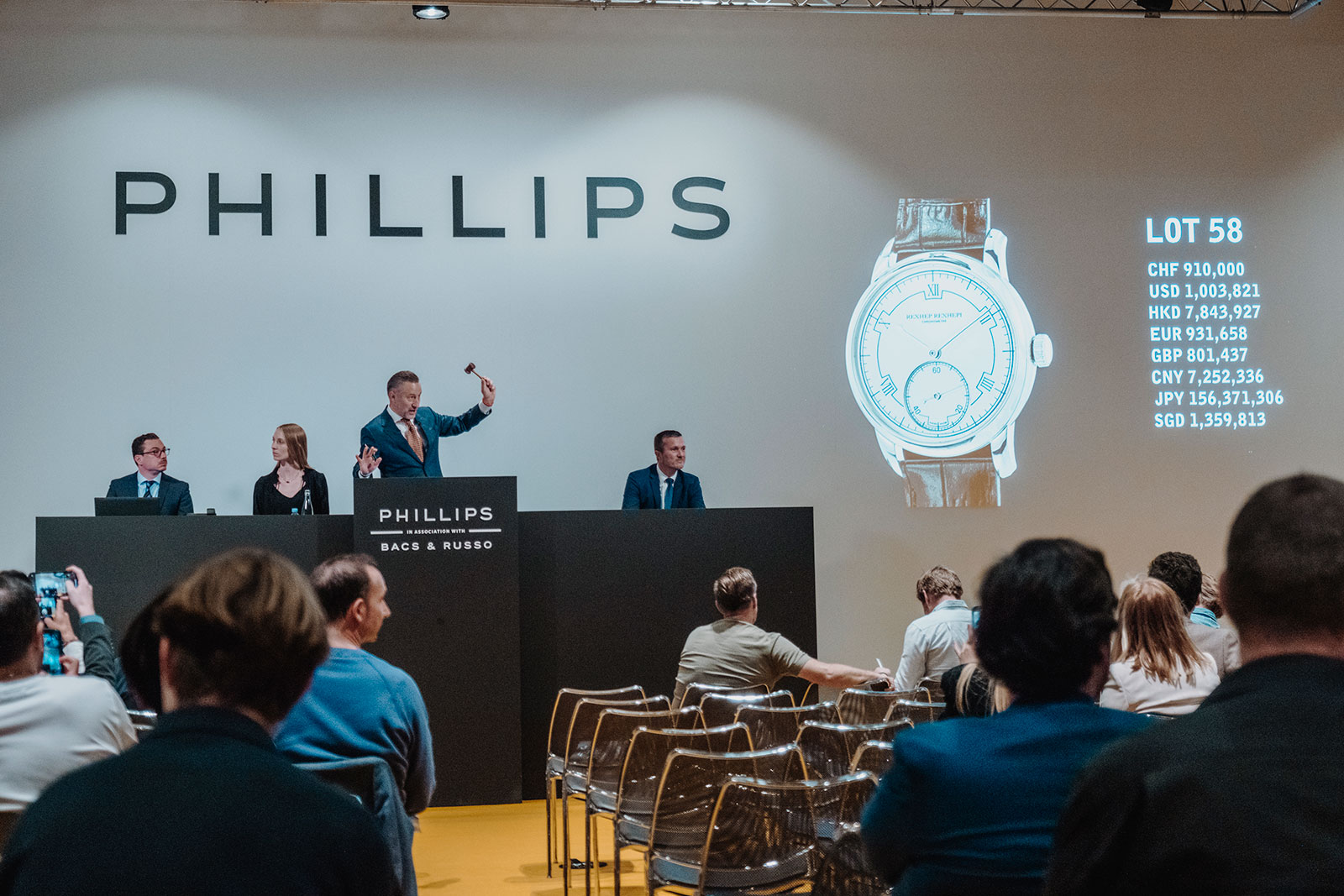
The hammer coming down on the RRCC I at Phillips. Image – Philips
Taken together, these results elevate Akrivia and its founder Rexhep Rexhepi to a rarefied plane that other independent watchmakers have only achieved after decades, or death. The ten most valuable lots at Phillips, for instance, are comprised of five Rolex, three Patek Philippe – and two by Rexhep Rexhepi. F.P. Journe was narrowly edged out for 11th place with a Resonance “pre-Souscription” that sold for just over CHF571,000.
As someone who respects the Mr Rexhepi, I am glad collectors recognise his talent, which may one day emerge as comparable to the once-in-a-generation minds of Francois-Paul Journe and George Daniels.
The near-vertical upwards trajectory of the brand, however, feels like a mania. Whether it’s sustainable in the long term is anyone’s guess, but it is fortunate that Mr Rexhepi is a grounded individual, making it likely he will go on to achieve what he should.
Back to top.

